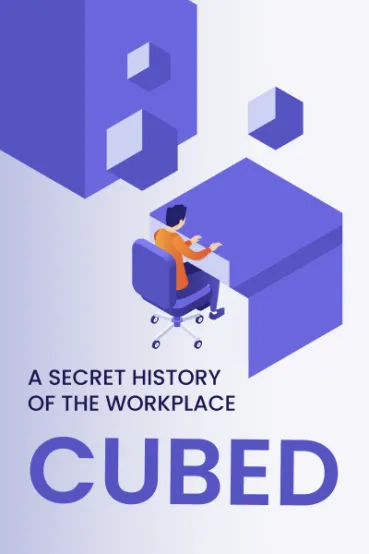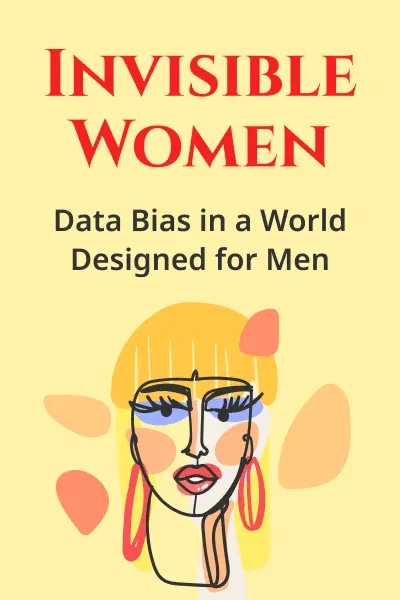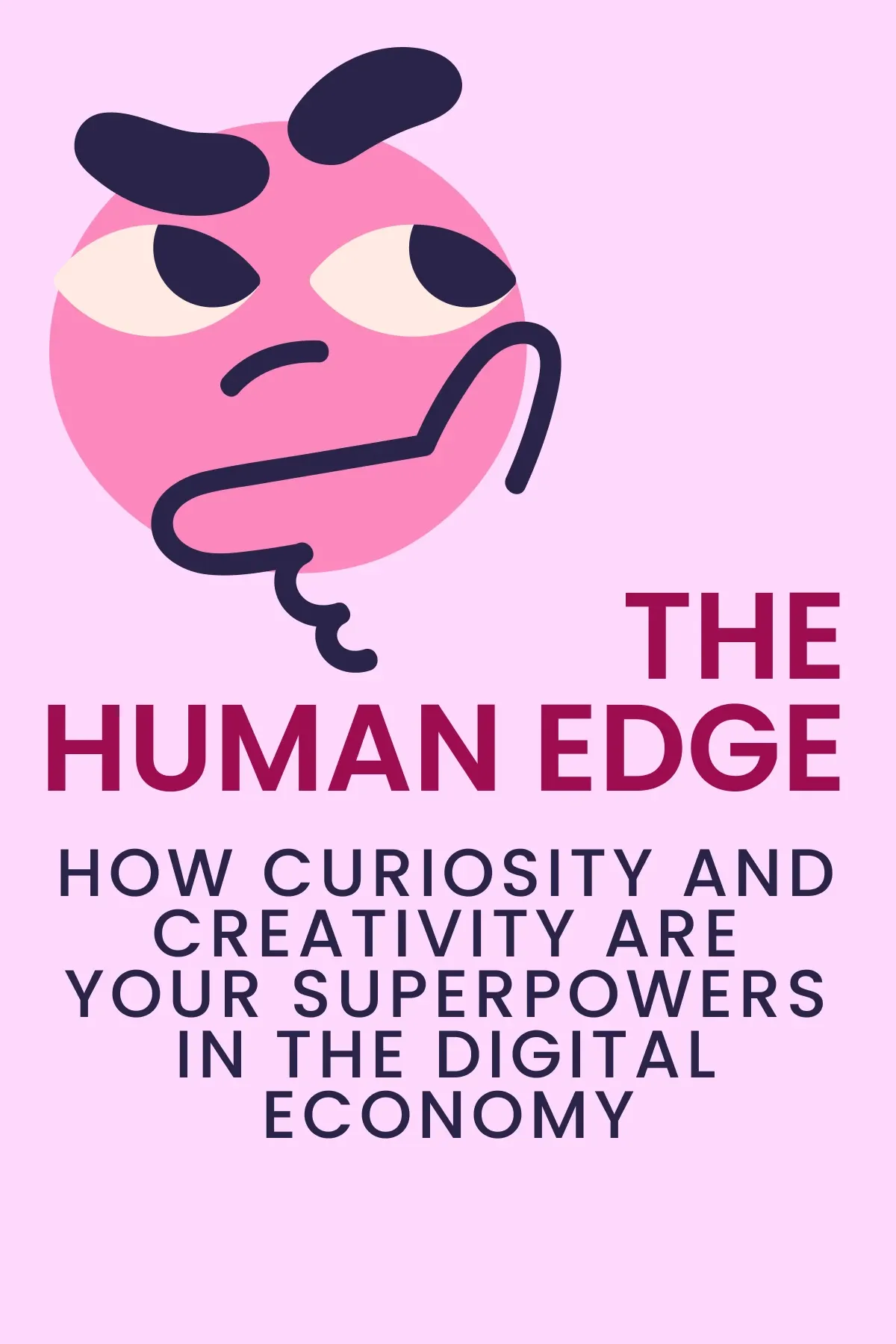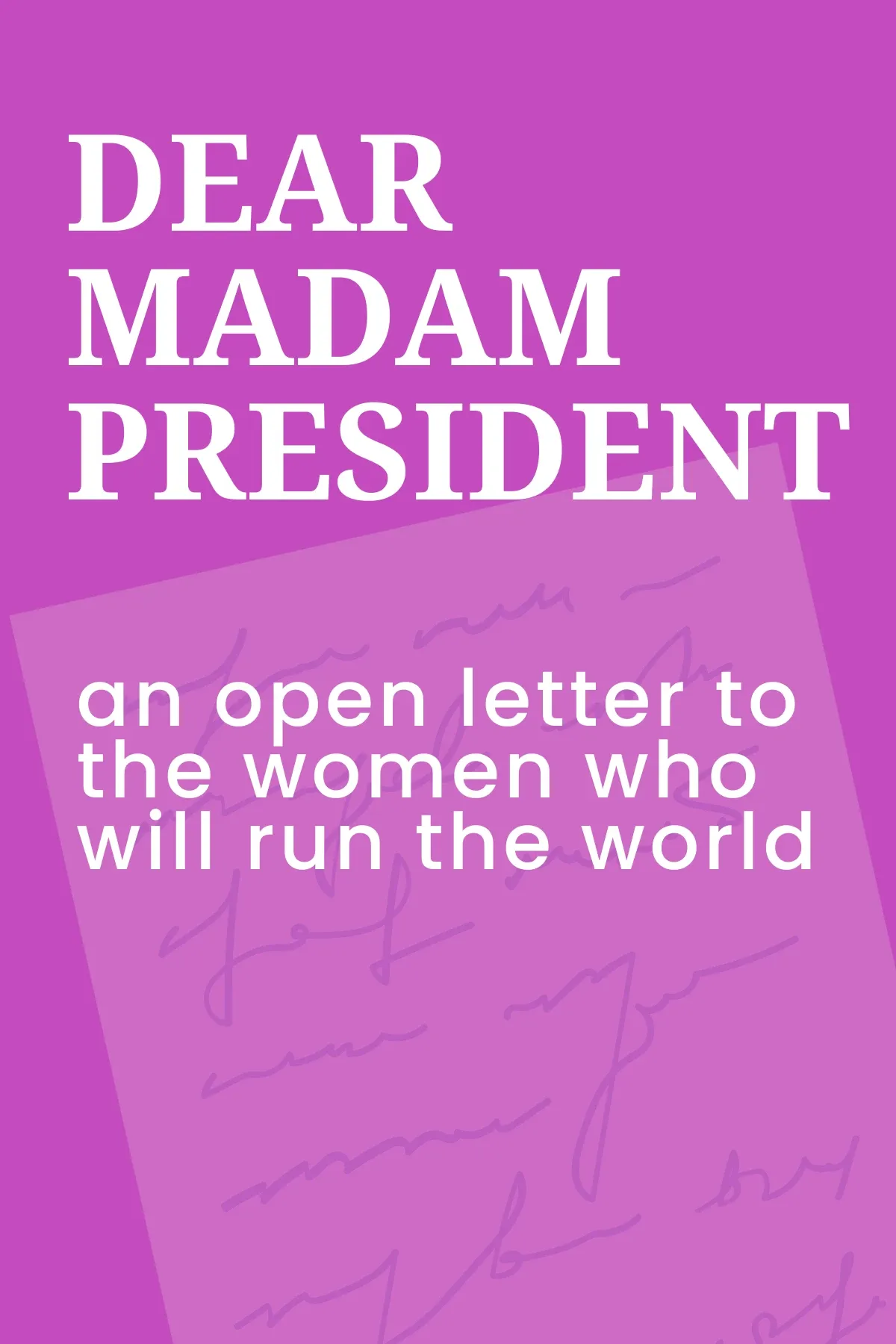
Cubed
Brief Summary
We are so used to the idea of offices—but how did they become the way we know them now? “Cubed” examines the history of office work from the 1800s to the present, highlighting how technology and design have transformed workspaces. The book examines how these developments aimed to improve worker productivity and well-being.
Topics
Key points
Key idea 1 of 7
Imagine handling all kinds of paperwork, from simple receipts to big business deals. This is no easy task, and it gets even tougher the bigger the company. This is where administrative roles come in. They keep everything organized, handle billing, and manage accounts. These roles are essential in today's workplaces and often serve as gateway positions for newcomers to the corporate world.
Such roles emerged in the mid-19th century during the Industrial Revolution. The advent of the clerical job made it an indispensable part of the workforce. At first, clerks who performed these roles worked in small, dimly lit rooms, often sharing the space with their bosses and other workers.
By 1855, New York saw a boom in the clerical workforce—they became the third-largest group of workers. Consequently, the need for more comfortable workspaces became apparent. This expansion led to a clear demarcation and a shift in worker identity. This shift was particularly notable among clerks. Clerks, unlike their farming or manufacturing counterparts, didn't create tangible goods. They were information managers, reproducing and controlling data.
This unique role within American work culture led to the emergence of the term "white-collar workers." During a time when physical production was highly valued, clerks defied the norm. Their work didn't involve manual labor, setting them apart from the blue-collar, manual labor force. Distinguished by a detachable white collar—a piece of clothing signifying a distinct status—they represented a workforce that relied more on intellect than physical strength. This shift in worker classification reflected not just a change in the nature of work but also a realignment of power and societal status.
You may also like these summaries










